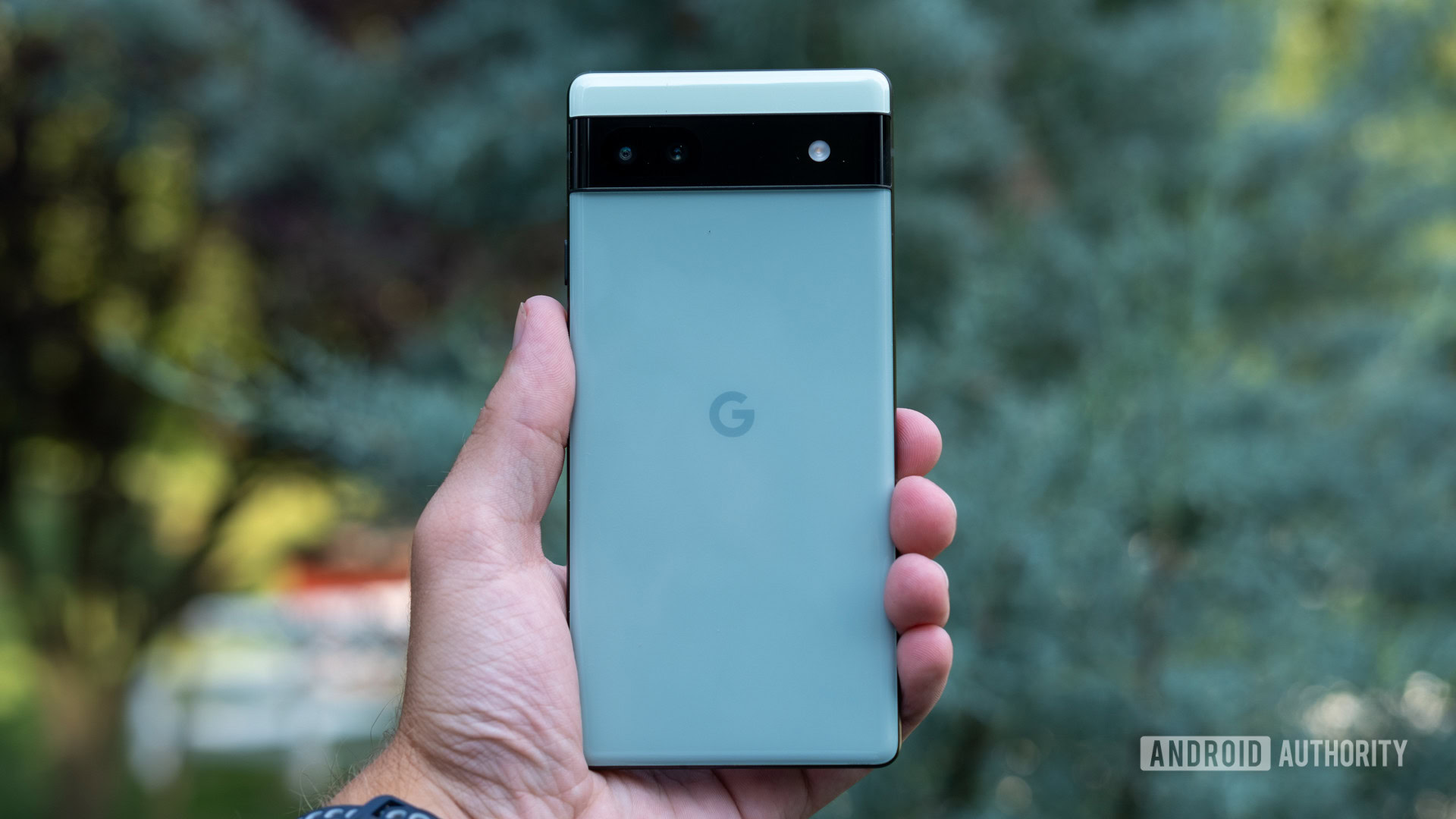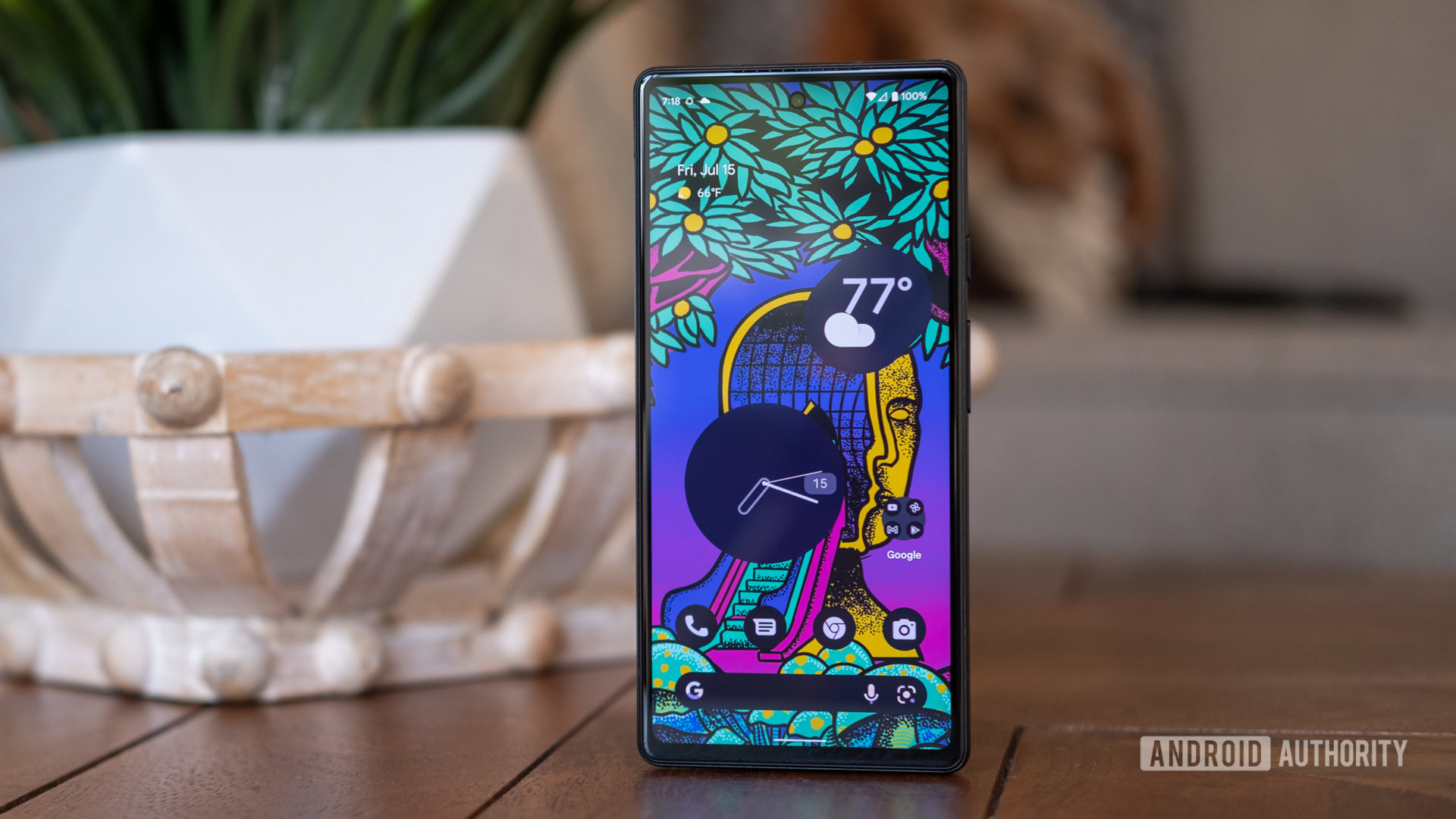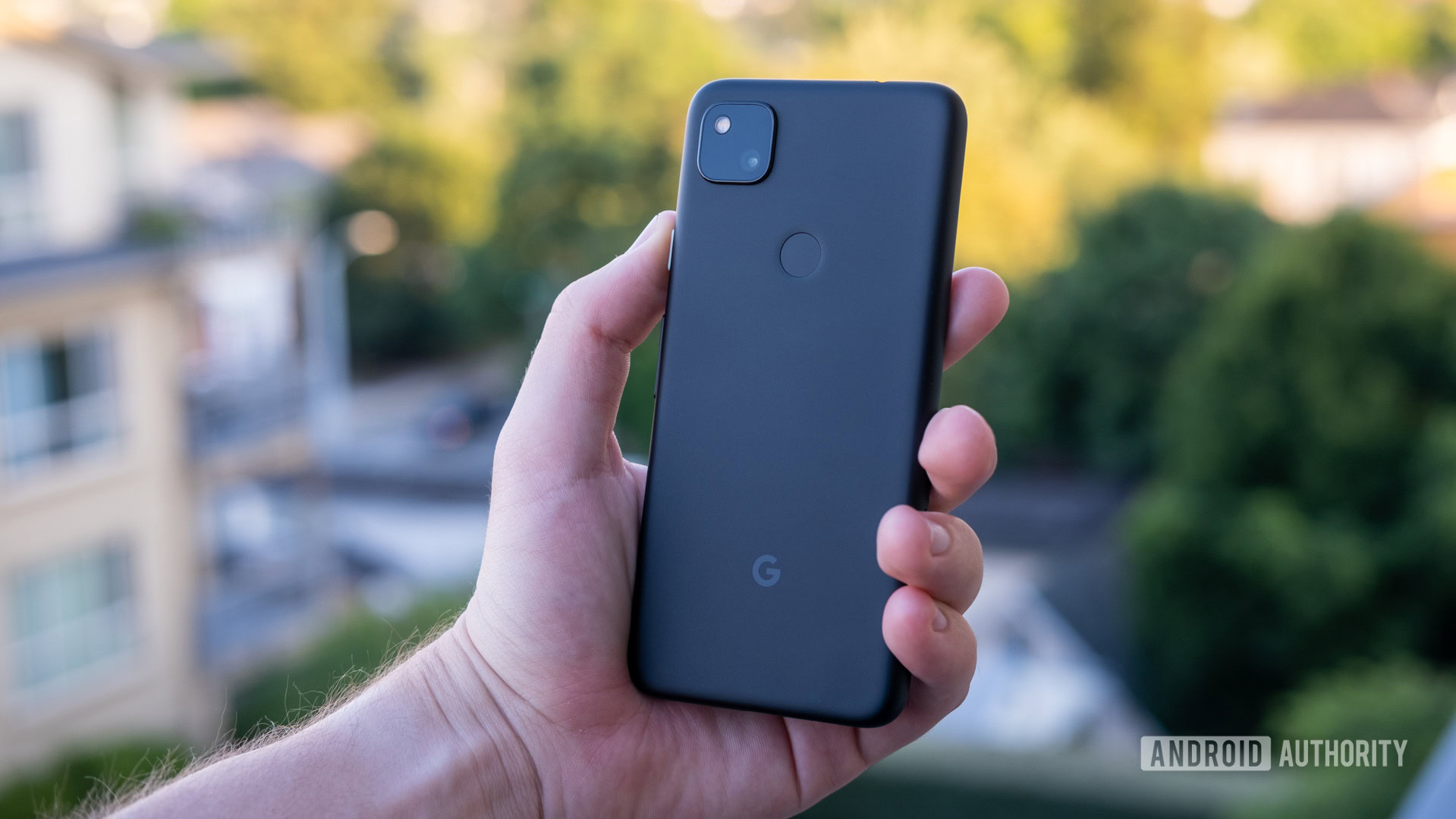Affiliate links on Android Authority may earn us a commission. Learn more.
Has Google lost its way with the Pixel A series?
Published onJuly 30, 2022

Google’s Pixel A series has a well-defined formula at this point. The budget series flirts with flagship properties like light, smooth software, and advanced camera processing while cutting a few corners to keep the price affordable. It’s worked well so far, with devices like the Pixel 4a and Pixel 5a garnering plenty of praise over the years. Now, we have the Google Pixel 6a. It follows most rules yet blurs the line between budget and flagship like never before. The Pixel 6a takes some solid strides but puts almost all of its eggs in the same basket. It’s enough to make me wonder: Has Google lost its way with the Pixel A series?
Read our thoughts: Google Pixel 6a review
Trusting in Tensor

Don’t get me wrong, the Google Pixel 6a is a good phone. It fills a need for anyone who wants a smaller Pixel these days. However, it’s not the slam-dunk value buy that its predecessors were. Instead of balancing moderate processing power with upgrades across the board, the Pixel 6a is all in on Google’s Tensor chip. Besides the reworked design, the Tensor chip is arguably the only update keeping the Pixel 6a ahead of 2021’s Pixel 5a or even 2020’s Pixel 4a 5G.
Learn more: Google Tensor vs Snapdragon 8 Gen 1
Google is confident in its own silicon, but the truth is that we still don’t know how well Tensor will age. The Pixel 6 series has been riddled with bugs since its launch, leading some to jump ship for calmer waters. The chipset is rife with reception and overheating issues, and it’s bad enough that our own Robert Triggs reluctantly gave up his Pixel 6 Pro — a phone he loved overall — after less than a year of use.
Maybe Tensor’s biggest problem is time, or the lack thereof. Google hasn’t had the same chance to grow and learn as Qualcomm’s Snapdragon 8 series and Apple’s Bionic line have. Yet, Google is doubling down. Instead of upgrading components like the refresh rate (stuck at 60Hz) or the camera (hello, 12.2MP sensor from the Pixel 3), Google is betting on its processing power to carry the Pixel 6a to the future. It’s a risky bet, given that the Pixel A series is aimed at customers who might not have the flexibility to replace their device as soon as things go awry. A mid-tier chip, let’s call it Tensor Lite, might have allowed Google to build a more balanced and less risky Pixel 6a.
Is it time for a Tensor Lite chip that allows Google to upgrade other components like the camera and display?
This isn’t the first time we’ve seen a mid-range device opt for processing power instead of all-around upgrades. Apple’s iPhone SE (2022) packs a brand-new A15 Bionic chipset into an aging iPhone 8 body with underwhelming results. Yes, it’s powerful, delivering benchmark results that are basically off the charts, but it’s an unbalanced experience. The iPhone SE (2022) is tiny and tough to use, while its lone camera weighs down its flexibility like a stone.
Apple’s smallest iPhone is an extreme example, but the Pixel 6a is cut from a similar cloth. It’s betting on a young chipset instead of upgrading the overall package, hoping that, as Cersei Lannister put it, “Power is power.”
Let’s speculate: Should Google make a Tensor Lite processor for its A series?
The value of value

Cersei might — not for the first time — be wrong. Sometimes, power is power, but value is power with the Pixel A series. Unbeatable value earned the Pixel 4a a special place in our hearts, as it condensed the whole Pixel experience into the smallest and most affordable package we’ve seen in years. Sure, it only had one rear camera, but the Pixel 4a launched at just $349 in an age when the flagship Pixel 4 cost $799.
Now, that $450 gap feels like the Grand Canyon as the Pixel A series grows closer and closer to the flagship models. These days, the two start just $150 apart, and it’s much harder to recommend the budget series at face value. Dropping the extra cash gets you a larger, more durable display, faster refresh rate, improved cameras, and wireless charging. On the other hand, the biggest reason to choose the Pixel 6a is that you’re dead-set on a smaller phone. We all have our preferences, but it’s tough to lend all the value to a smaller device.
The Pixel A is flying a little too close to Google's flagships, spoiling its historic value proposition.
The Pixel A series used to cost half of what the flagship did without acting as a mini version of Google’s best hardware. Now, the lines are as blurry as they’ve ever been. The Pixel 6a acts almost like a flagship, while the Pixel 6 is priced almost like a mid-range device. It’s tough for Google’s phones to exist just $150 apart, and it begs the question: Which Pixel blinks first?
Read next: The Galaxy A and Pixel A series have ushered in a golden age of budget phones